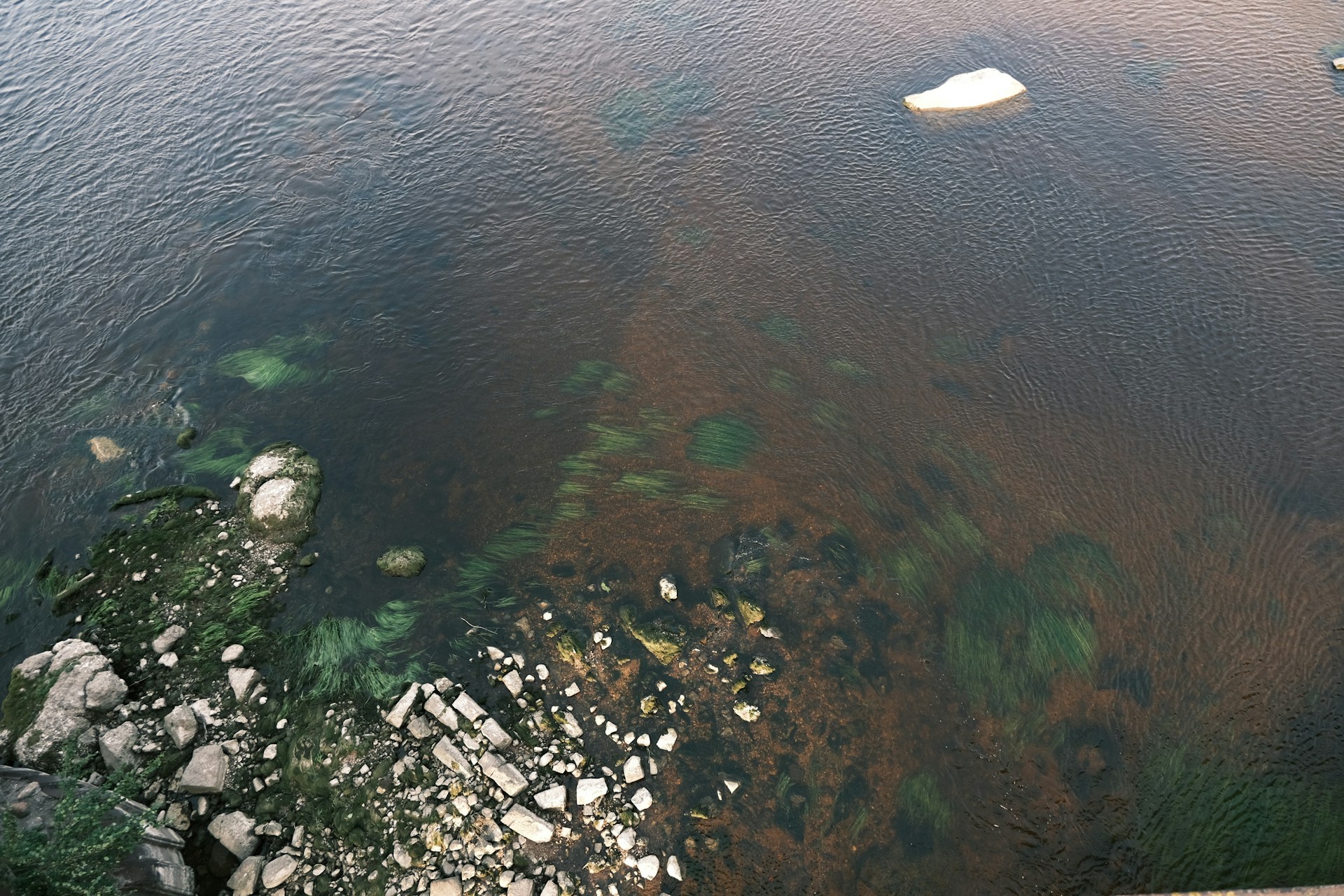Urban flooding and water pollution are persistent challenges in cities around the world. Researchers led by Joseph S. Smith, a specialist in food, agricultural, and biological engineering at The Ohio State University, have demonstrated that green infrastructure such as rain gardens, constructed wetlands, and other stormwater management systems can substantially reduce both stormwater runoff and heavy metal pollution in urban watersheds. Their findings, highlight how strategically designed and maintained green systems can improve water quality, ecosystem health, and urban livability.
Smith, J. S., Bernard, K., Boening-Ulman, K. M., Martin, J. F., Tirpak, R. A., Wituszynski, D. M., & Winston, R. J. (2025). Retrofitted watershed scale green infrastructure reduces heavy metals in urban stormwater from residential land use. Journal of Hazardous Materials, 498, 139808. https://doi.org/10.1016/j.jhazmat.2025.139808
Traditional urban sewer systems are often overwhelmed during heavy rainfall, leading to overflows that carry pollutants into rivers and streams. In addition to causing property damage, stormwater can transport harmful heavy metals; including cadmium, copper, nickel, and zinc; into local waterways. These metals, even at low concentrations, can have adverse effects on human and ecological health.
Joseph S. Smith from The Ohio State University, stated,
“Being involved in this watershed-scale rain garden project has made me realize that while there are lots of benefits for the community, there’s also more we can do to explain how these projects help individuals who live there’.
Smith and his team focused on residential neighborhoods in Columbus, Ohio, as part of Blueprint Columbus, a 30-year city initiative to install green infrastructure. Their research monitored two watersheds in the Clintonville neighborhood for approximately three and a half years, comparing areas with and without green infrastructure to isolate the effects of these interventions.
The study found that green infrastructure exceeded expectations in multiple areas. Rain gardens and similar systems mitigated peak storm flows, captured pollutants, and reduced the transport of heavy metals into downstream waterways. By incorporating natural processes into the urban environment, these systems enabled water to infiltrate and be filtered before entering the sewer network.
Beyond water quality, the research demonstrated additional advantages of green infrastructure. The presence of rain gardens and vegetated areas contributed to urban cooling, enhanced local biodiversity, and improved the visual and recreational quality of neighborhoods. Residents in areas with green infrastructure reported more pleasant surroundings and increased opportunities to engage with nature.
The team emphasized that the effectiveness of green systems depends not only on their design but also on proper maintenance and public engagement. Homeowner participation is crucial for long-term performance, and some community members initially raised concerns about safety, convenience, and property impacts. Smith noted that educational outreach and community involvement are essential to achieving sustainable adoption and maximizing the environmental benefits of these interventions.
Investments in green infrastructure offer economic as well as environmental benefits. According to the Environmental Protection Agency, such projects can create local jobs, enhance property values, and stimulate neighborhood revitalization. By integrating stormwater management with urban planning, cities can reduce infrastructure costs, limit flood damage, and promote sustainable development.
Blueprint Columbus is expected to continue installing and retrofitting green infrastructure through at least 2043. Hundreds of rain gardens are already in place, and the project serves as a model for other municipalities addressing similar urban water challenges.
Smith highlighted the importance of tracking impacts at both the watershed and pipe level. The study demonstrated measurable reductions in heavy metals and improved hydrology, confirming that green infrastructure can effectively intercept and treat pollutants before they reach natural water bodies. This data provides evidence that citywide implementation of similar systems can achieve meaningful environmental improvements while enhancing community resilience.
The research underscores that green infrastructure is more than an environmental mitigation tool; it is an integrated urban strategy that combines engineering, ecology, and social engagement. By embedding stormwater management into the urban landscape, cities can reduce environmental hazards, promote healthier ecosystems, and create more livable public spaces.
For planners, engineers, and policymakers, the study reinforces that successful green infrastructure depends on thoughtful design, ongoing maintenance, and active community participation. When implemented at scale, such systems can transform the urban environment, providing both ecological and social value. Columbus, through Blueprint Columbus, is demonstrating how long-term planning, community engagement, and scientific monitoring can create resilient urban infrastructure for the twenty-first century.

Adrian graduated with a Masters Degree (1st Class Honours) in Chemical Engineering from Chester University along with Harris. His master’s research aimed to develop a standardadised clean water oxygenation transfer procedure to test bubble diffusers that are currently used in the wastewater industry commercial market. He has also undergone placments in both US and China primarely focused within the R&D department and is an associate member of the Institute of Chemical Engineers (IChemE).



